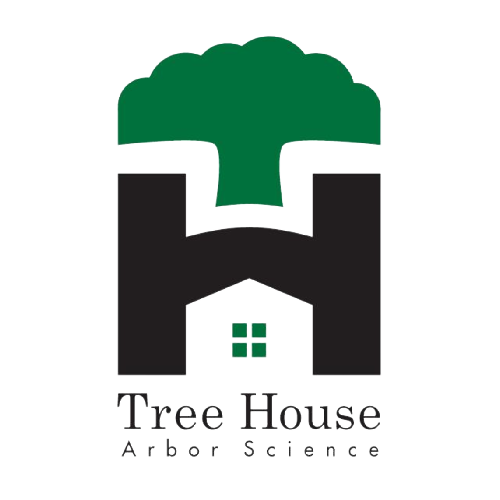Ask the Arborists: Flowering Trees
Tree House Arbor Science arborists answer your questions about flowering trees.
Question: What are the most common flowering trees in Madison? What color are their flowers?
Answer: There are so many flowering trees in Madison. In fact, all trees that are angiosperms (typically deciduous trees) produce some kind of flower, while gymnosperms (typically conifers) do not flower. Take a look at Norway Maples just after the buds burst and you’ll see bright green flowers filling the canopy of the tree.
With regard to those trees we take great joy in for their beautiful looking and smelling blooms, let’s discuss a few notable examples.
Star Magnolia Blooms
Magnolias are some of the first trees to bloom in the spring. The Star Magnolia (Magnolia stellata) was introduced from Japan and blooms right along with daffodils and the bloodroot ephemerals that sometimes grow beneath them in gardens and undisturbed woods in Madison.
Saucer Magnolia Flowers
The Saucer Magnolia (Magnolia x soulangeana) is another Japanese transplant that blooms slightly later, exhibiting large pink and white flowers that appear for a couple of weeks if the wind and rain are kind. Such beautiful flowers are the welcome mat to spring for many.
The Serviceberry (Amelanchier) is actually a member of the Rosaceae (rose) family. Like magnolias, its downy white flowers appear before its leaves emerge, using energy stored from the previous year to attract early pollinators. Serviceberries produce little fruits that are a delicious addition to your morning cereal, so if you see one blooming in the spring, make a note to go back later in the summer to collect a pail of sweet berries.
There are a number of flowering ornamental cherry shrubs (Prunus subhirtella) that bloom in early spring. Flowers are pinkish-white and about 1-inch in diameter with five petals, and they smell heavenly.
The Callery Pear (Pyrus calleryana) is a polarizing tree with profusely blooming white flowers that can be seen around town. It was favored by city foresters and property owners in the 1960s and 1970s because of its showy blooms and ability to grow in poor soil, but lost its appeal after aggressively naturalizing, being designated invasive in 29 states in the early 2000s. Some love the scent of the flowers while others feel they smell like cat pee.
Pink, white, and red flowering crabapple trees in full bloom
Finally, we have innumerable varieties of blooming apple and crabapple trees (genus Malus). The five-petaled flowers are white, pink, or reddish and bloom in mid to late spring after leaves have emerged on the tree and can sometimes completely fill the canopy with color and fragrance.
Q: Do all flowering trees need full sun to bloom?
A: Flowering trees exist in all kinds of places, both shady and sunny. Many flowering fruit trees are happiest in sunny locations and prefer space within their interiors to invite airflow and sunlight in, avoiding fungal growth.
Q: What are the pros and cons of having flowering trees in my yard?
A: The upside of flowering trees is obvious. They’re beautiful! In addition, their fruits provide food for many birds and animals and are the envy of your neighbors.
The downside of flowering trees is that they can be a little sensitive.
Magnolias attract scale insects (Neolecanium cornuparvum) which suck sap from the vascular layer of the tree’s twigs. These insects can be managed by keeping the tree free from stress (proper watering, mulching, and avoiding excessive fertilization) and, if an infestation does occur, contacting an arborist for help applying insecticidal soaps or horticultural oils during the insects’ crawling stage.
Crabapples can develop apple scab, fire blight, cedar apple rust, and fungal issues. These can all be managed with proper attention and care.
Q: Do flowering trees need any special care?
A: Understanding the pathogens that are common to each of your flowering trees is an important step in managing their care. Our arborists can help you identify your tree(s) and recommend a regimen that will keep your trees happy and healthy.
Q: What time of year should I have my flowering trees pruned?
A: Flowering trees should be pruned either during the dormant season or later in the summer when it’s dry. This helps to avoid spreading pathogens between branches and between trees.
Q: Where is the best place in Madison to see flowering trees?
A: The Longenecker Gardens in the UW Arboretum is an ideal place to see flowering trees. Visit in April and May to see a variety of trees blooming. Take a blanket and picnic beneath the blooms of the lovely trees we have in Madison.
Do you have a question for Ask the Arborists? Fill out the form below!







